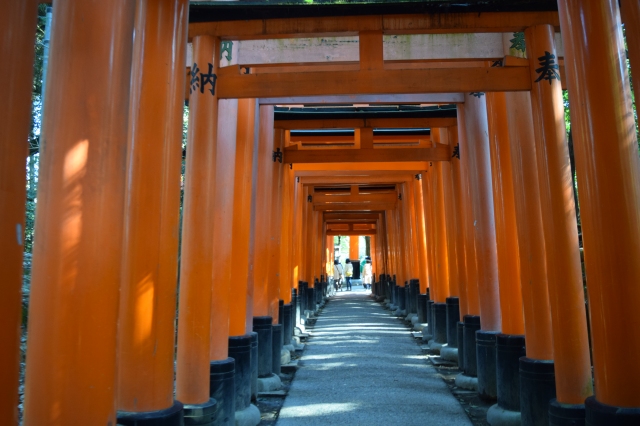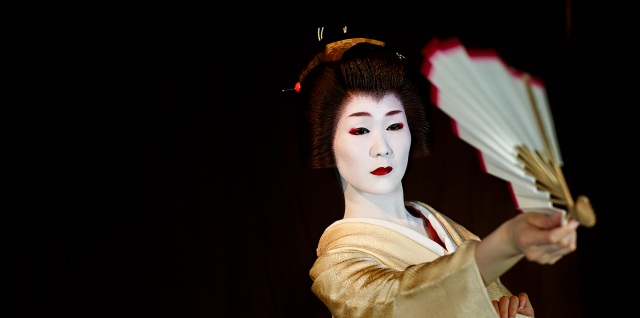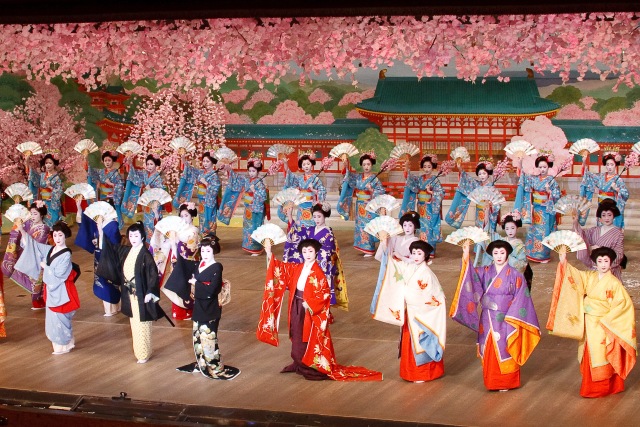Waking up early in the morning on Day Three was no accident. I was set to leave Kyoto at around 5 pm that evening – meaning that I wanted to get in as many sightseeing activities as I possibly could. And with this in mind, I went off to Southern Kyoto – to visit its most famous shrine:

Fushimi Inari (伏見稲荷大社), the head shrine dedicated to Inari Ōkami (the Shinto god of rice, fertility, and prosperity), has become a common symbol of Kyoto and Japan. With its thousands of torii gates, this shrine winds its way to the top of a low, wooded mountain – and visitors are encouraged to walk up and down the mountain paths, making their way under these black and orange gates.

The god Inari, depicted as either male or female, is famous for having messengers in the form of foxes. Therefore, any Inari shrine in Japan, including Fushimi Inari, is likely to be flanked by plenty of fox statues.

Due to Fushimi Inari’s fame and popularity, the shrine can become rather crowded – even in the off-season. Therefore, if you don’t want to get caught up in the crowds, then it’s best to get there early in the morning. And thankfully I did just that. You see, it was amazingly peaceful to walk the mostly empty mountain path and take in the beautiful contrast of the thousands of orange torii set against the forest’s green foliage.

Unfortunately, the hike to the top of the mountain would take a few hours, so after walking part of the way up the mountain, I decided to head back and make my way to the next sightseeing spot in Southern Kyoto:

With two days of warmth and sun in Kyoto, the cherry blossoms were finally having a reaction and starting to bloom – with clear evidence of this at Daigoji (醍醐寺). This temple complex covers an entire mountain side in Kyoto and is famous for its history of cherry blossom viewing parties (otherwise known as hanami 花見).
In fact, there’s a lovely little tea garden under a ring of cherry blossoms where you can enjoy drinking matcha (powdered green tea) and checking out the lovely pinks and whites of the flowers.

If you’re not inclined to hike for over an hour to reach upper temple buildings of Daigoji, then you can also take a casual stroll around the buildings at the base of the mountain. In this area, you can see a five storied Pagoda, the Kondo Hall (originally built in 926), and a lovely little pond with an over-looking bridge.
Unfortunately, I couldn’t stay at Daigoji for long… this was because I had an important engagement that I had to attend to before heading back to Tokyo:

An event that happens only once a year in April, Miyako Odori (都をどり – The Dance of the Capital) is a famous live event performed by Geiko and Maiko.
Geiko and Maiko, more famously known as Geisha, are traditional Japanese hostesses who are trained in graceful conversation, music, dancing, and entertaining. Historically, Geiko only entertain men at private parties in tea houses around Japan. However, once a year in Kyoto, a group of Geiko and Maiko (apprentice Geisha) give a highly stylized and choreographed dance for the general public.

Starting in 1872, this event has been successfully held for over 143 seasons, making this a very old and coveted performance in Japan. Accompanied by traditional Japanese music, the dance depicts many scenes of ancient Japanese and Geisha life throughout summer, autumn, winter, and spring. The Geiko and Maiko perform the dance wearing lavish kimono and costumes that are enhanced by their white-painted faces and ornate hairstyles.

Due to the exclusivity of performing this famous dance for only one month every year, I felt extremely lucky to have been able to attend this highly prepared and lavish event. And although I did not understand what was actually happening throughout the dance’s tale, I was in awe of the dance itself and how well it was performed.
If you’re ever in Kyoto when Miyako Odori is held, then you should definitely do yourself a favor and catch the show – it’s completely unmissable.
For more information about this fabulous event, click here.
If you’re interested in more stories about Kyoto, or you’re just looking for sightseeing ideas, then check out the related blog posts below:







Pingback: A 3 Day Weekend in Kyoto [Video] – Booth in Japan
Pingback: Exploring Eastern Kyoto – Booth in Japan
Pingback: Traveling Northern and Western Kyoto – Booth in Japan